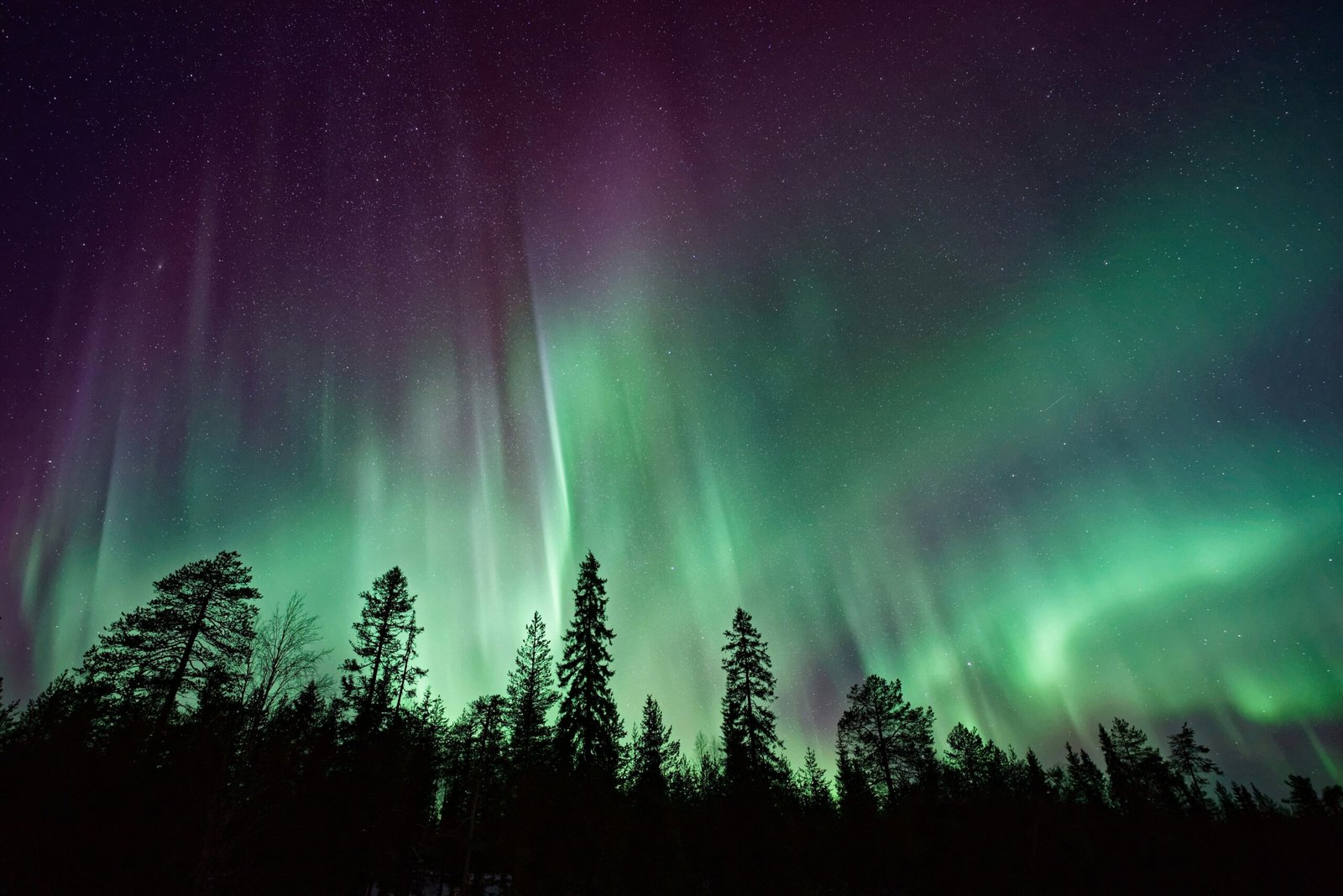Understanding the Northern Lights
The Northern Lights, also known as Aurora Borealis, are a natural phenomenon characterized by colorful lights that appear in the sky, predominantly in high-latitude regions near the Arctic and Antarctic. These lights are a result of interactions between the solar wind and the Earth’s magnetic field, creating a stunning display of vibrant colors and patterns.
Who Can See the Northern Lights?
People residing in or visiting areas within the auroral oval, which includes parts of Alaska, Canada, Greenland, Iceland, Norway, Sweden, and Finland, have the best chances of witnessing the Northern Lights. Additionally, regions such as northern Russia and the southern tip of South America also offer occasional sightings of this breathtaking spectacle.
It’s important to note that the visibility of the Northern Lights is heavily influenced by factors such as solar activity, weather conditions, and light pollution. Therefore, individuals located in areas with minimal light pollution and clear, dark skies have a higher likelihood of experiencing this natural wonder.
Unique Characteristics of the Northern Lights
The Northern Lights are renowned for their unique and mesmerizing attributes, making them a captivating sight for those fortunate enough to witness them. One of the most distinctive features of the Northern Lights is their ever-changing appearance, with swirling patterns and vibrant hues that dance across the night sky.
Furthermore, the colors displayed in the auroras, including shades of green, pink, purple, and blue, are a result of the interaction between solar particles and the gases in the Earth’s atmosphere. This captivating color palette adds to the allure of the Northern Lights, creating an enchanting spectacle that captivates onlookers.
Another remarkable aspect of the Northern Lights is their cultural and historical significance. For centuries, various cultures and indigenous communities have revered the auroras, attributing spiritual and mythical significance to these celestial displays. In many indigenous traditions, the Northern Lights are believed to possess mystical qualities and are woven into folklore and storytelling.
Moreover, the scientific exploration of the Northern Lights continues to fascinate researchers and enthusiasts alike. The study of auroras not only contributes to our understanding of Earth’s magnetosphere and solar activity but also provides valuable insights into the broader field of astrophysics and space weather.
Overall, the Northern Lights stand as a testament to the awe-inspiring beauty of the natural world, captivating the hearts and minds of all who have the privilege of witnessing this extraordinary phenomenon.
